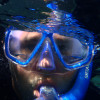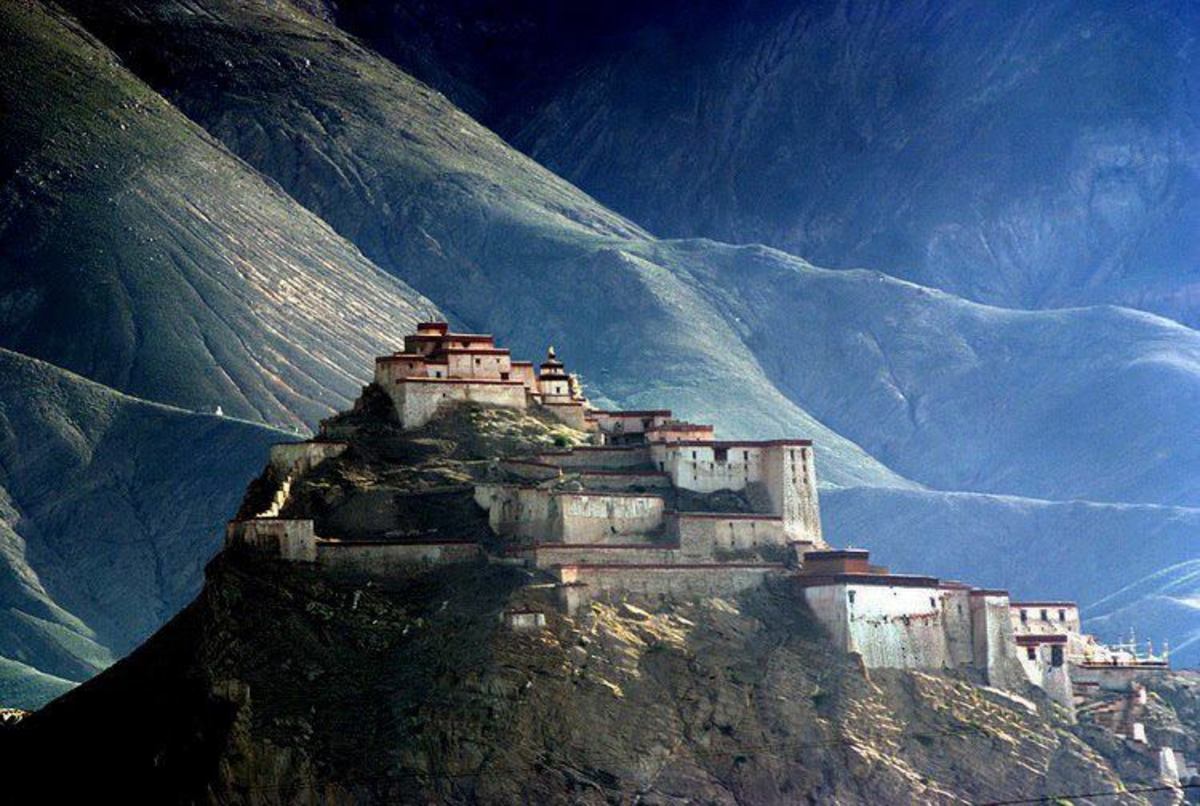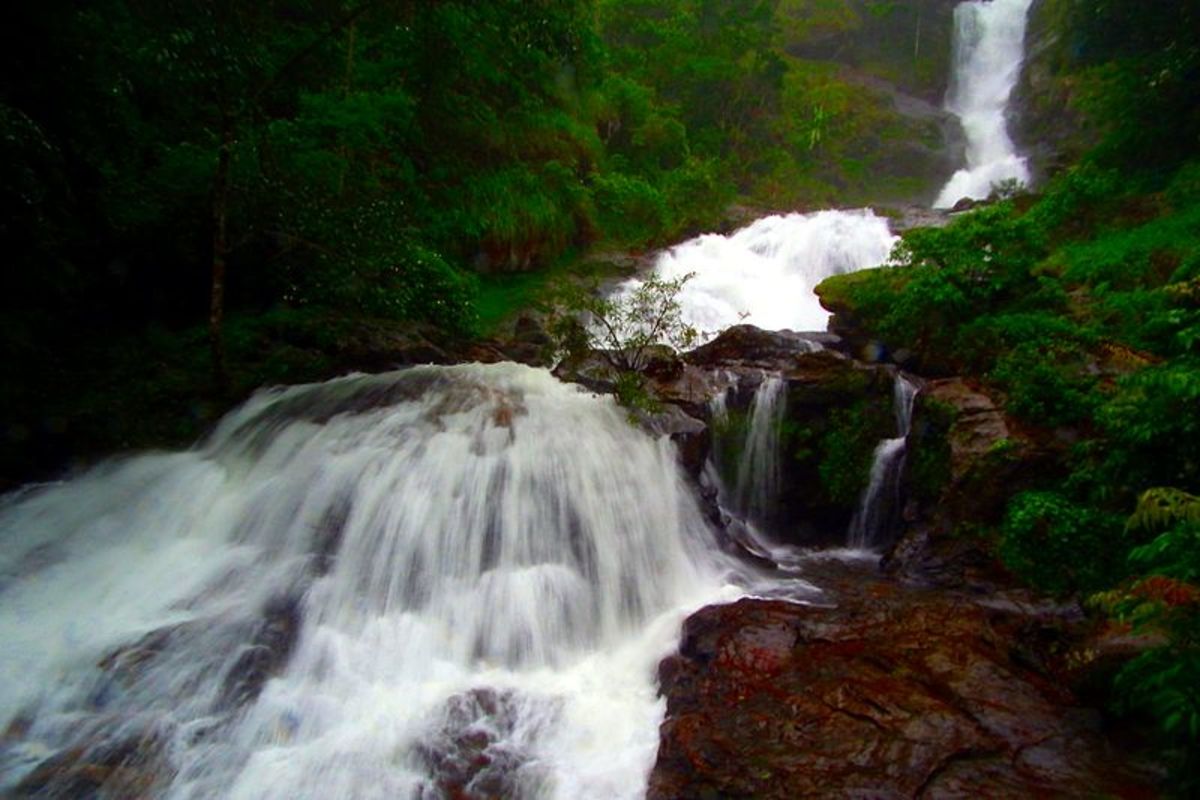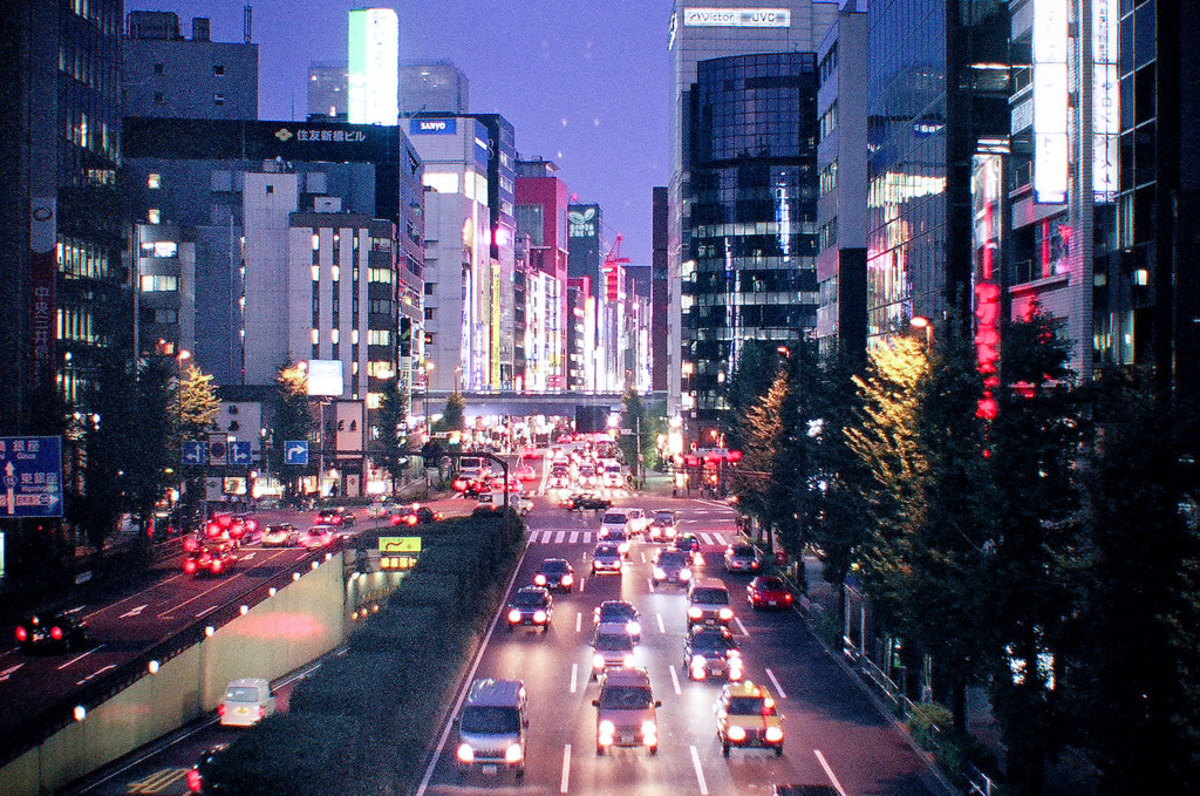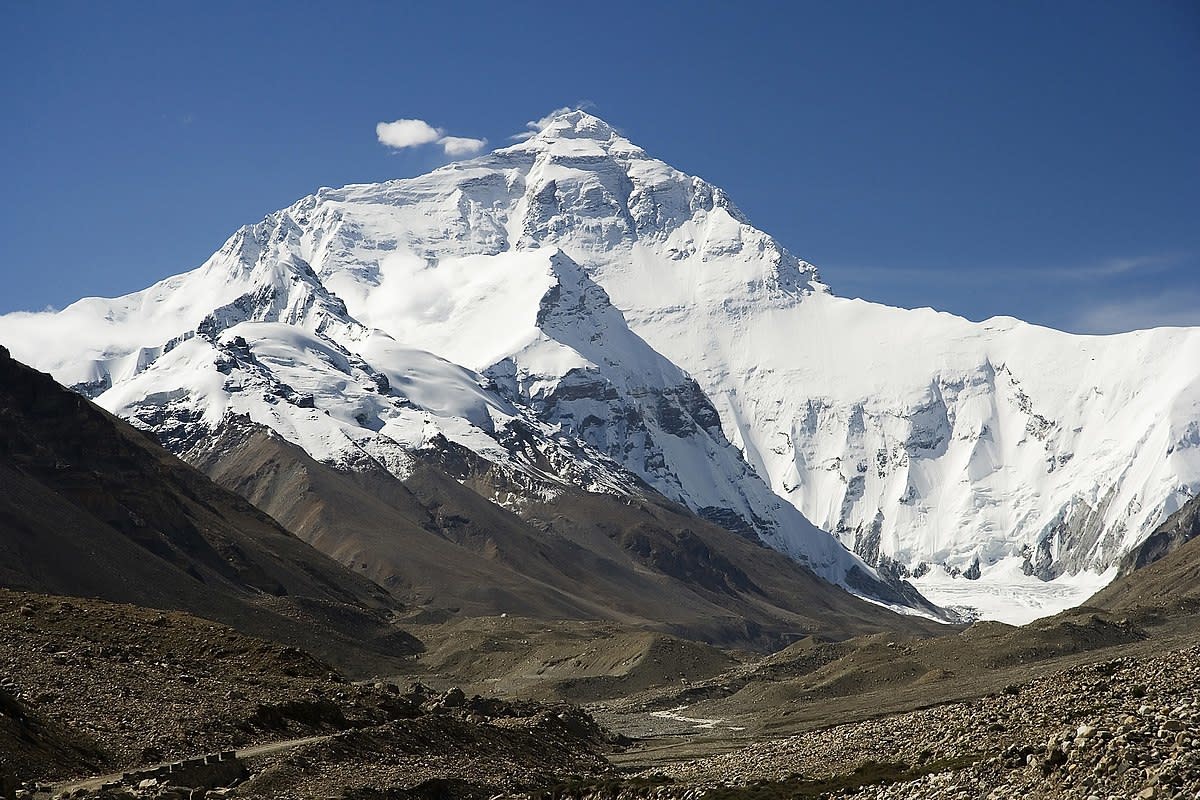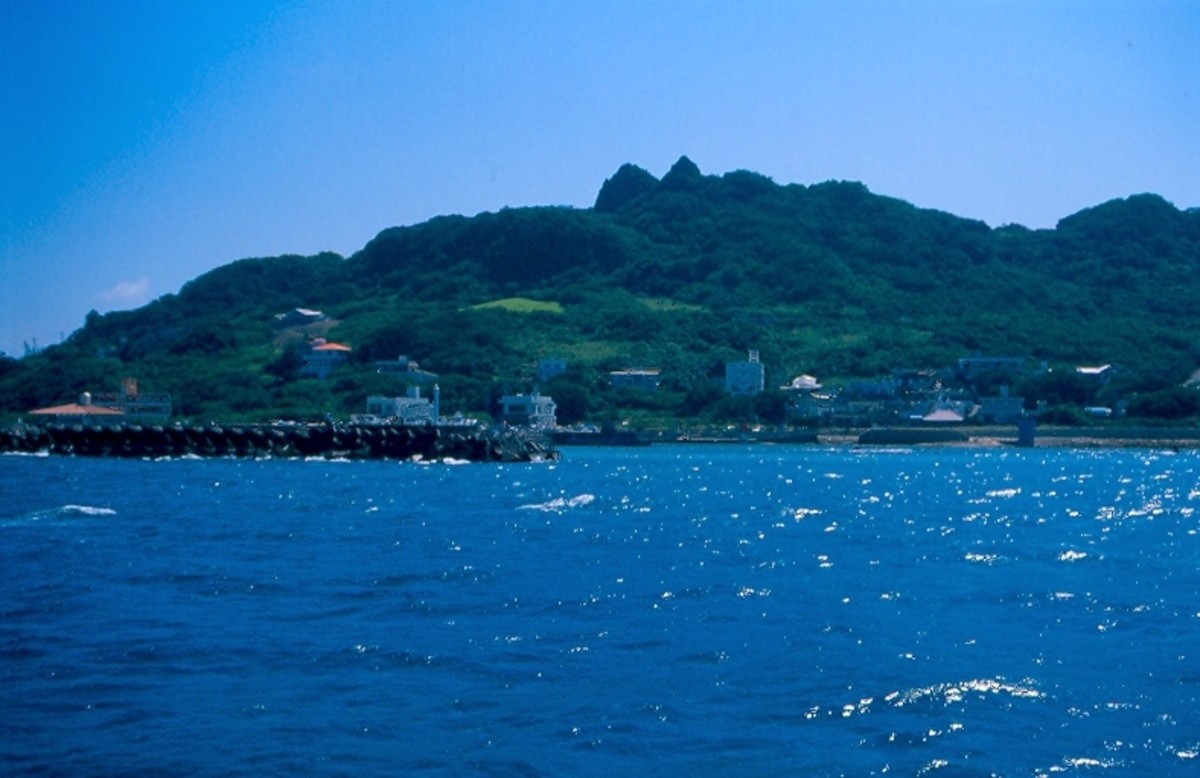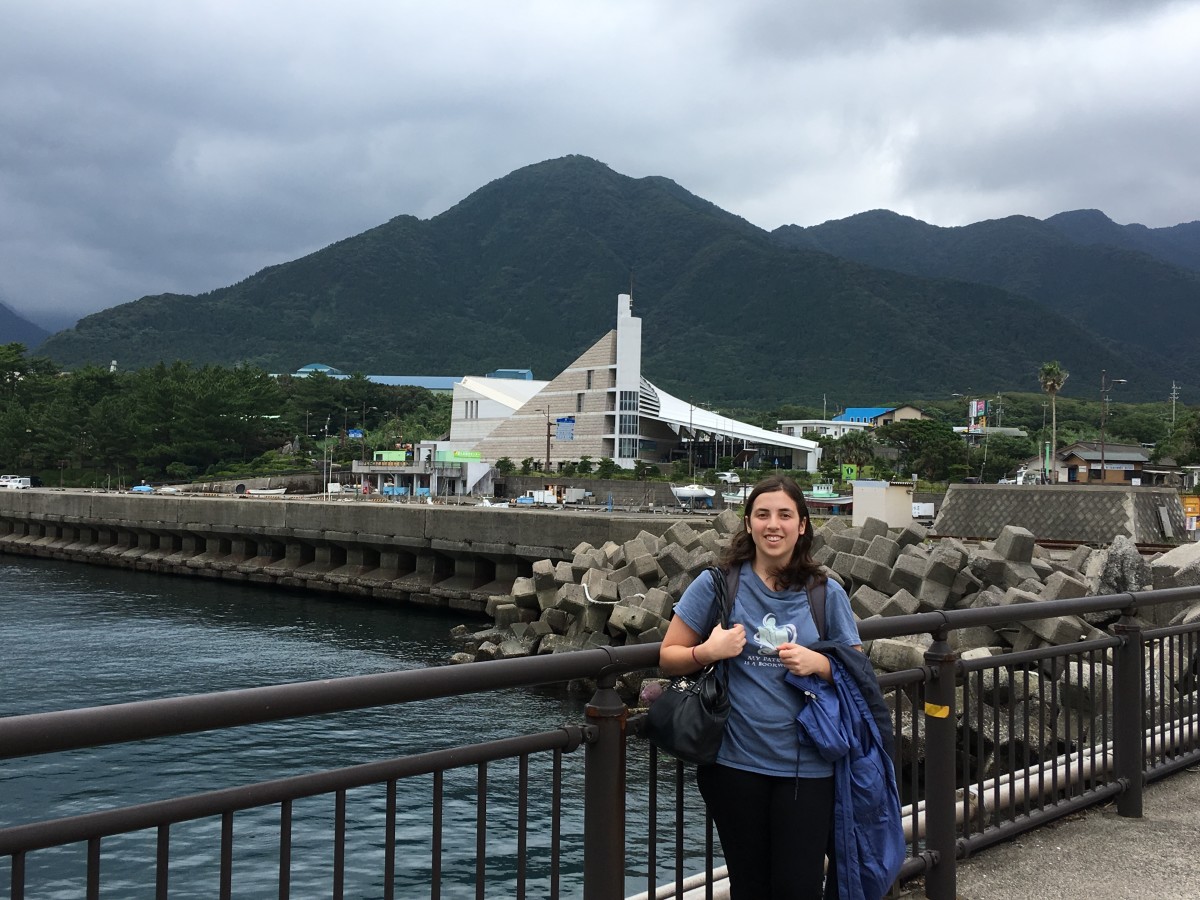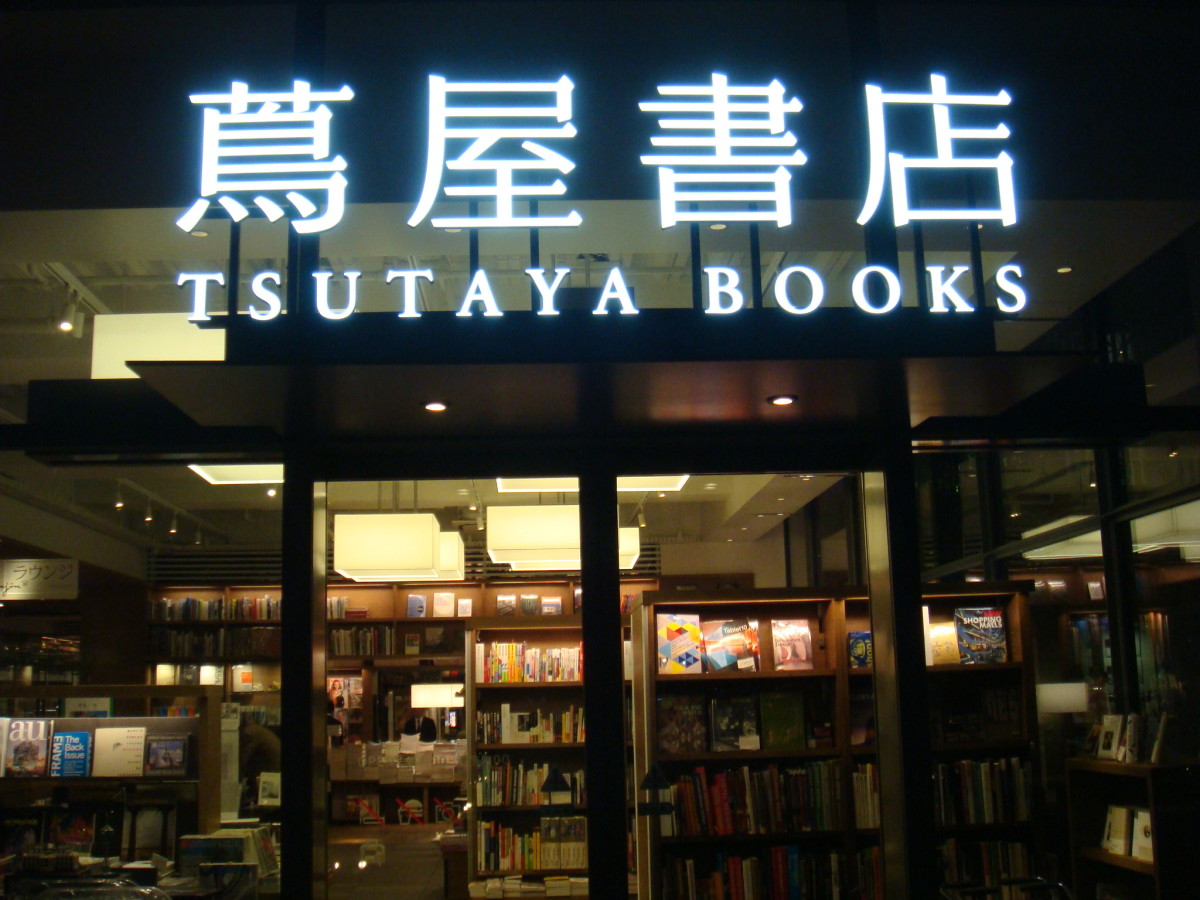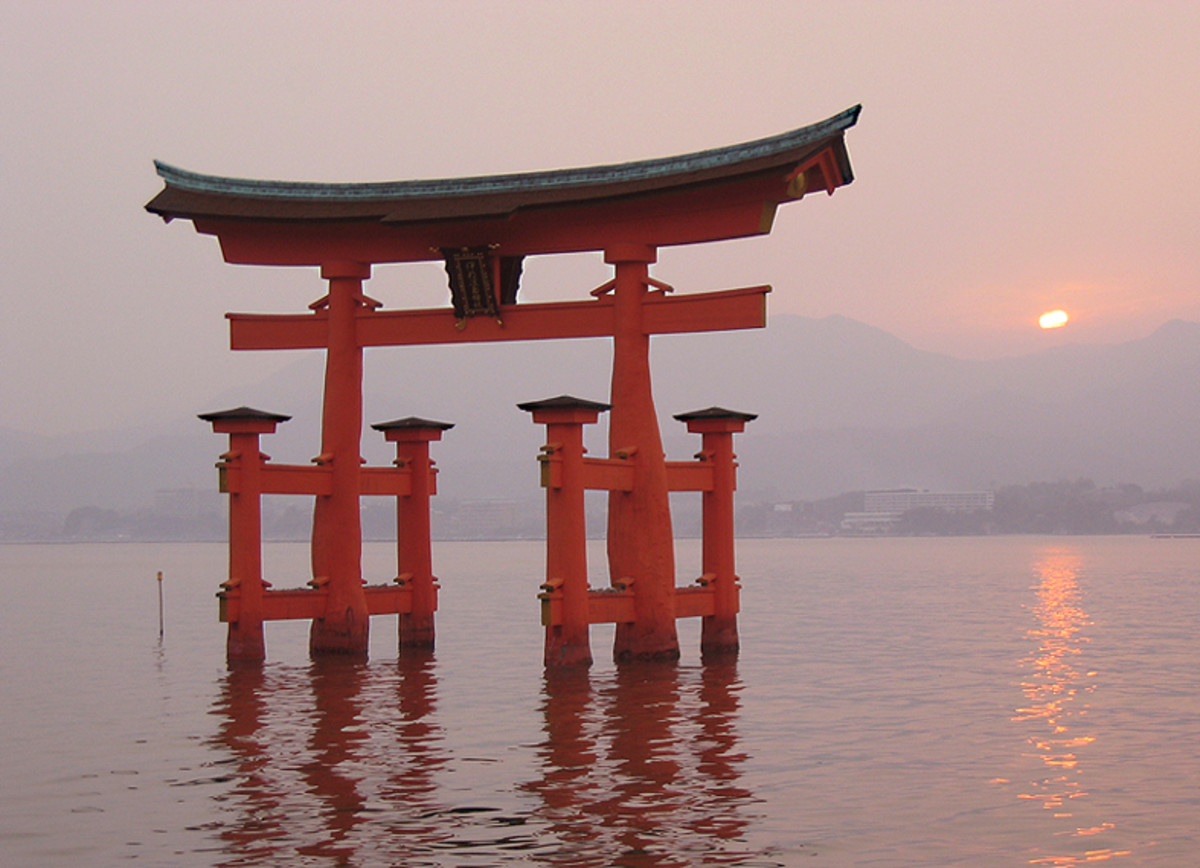- HubPages»
- Travel and Places»
- Visiting Asia»
- Eastern Asia
Places Worth Visiting in Japan: Nikko
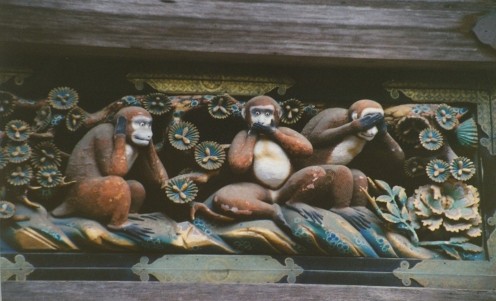
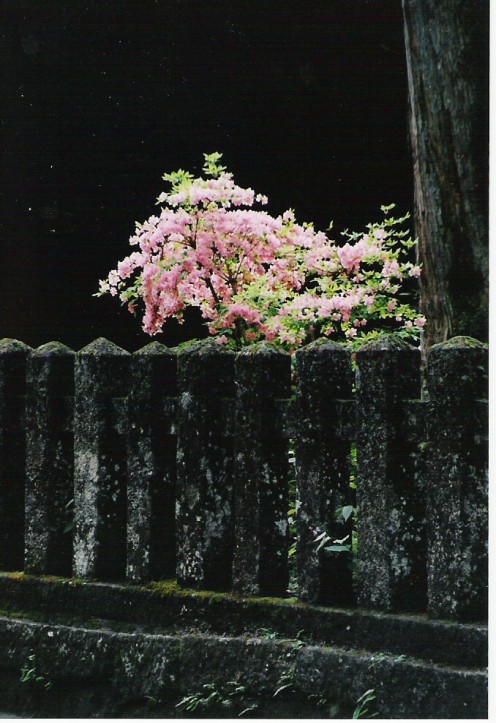
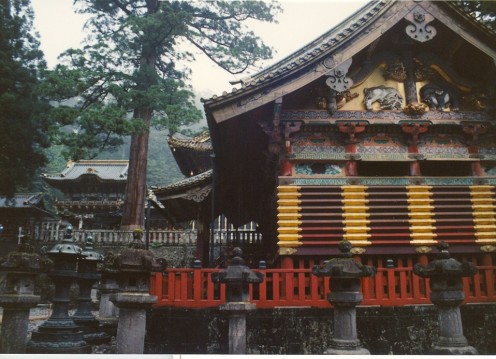
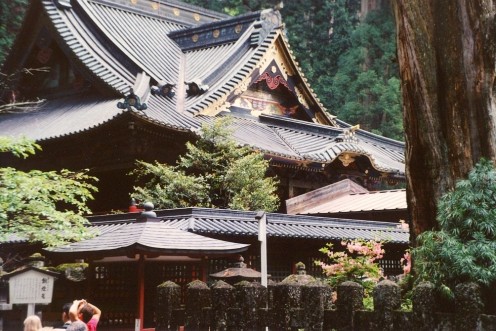
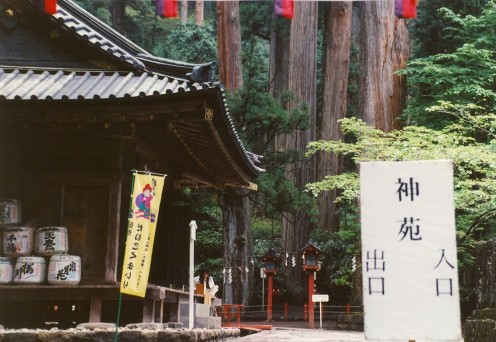
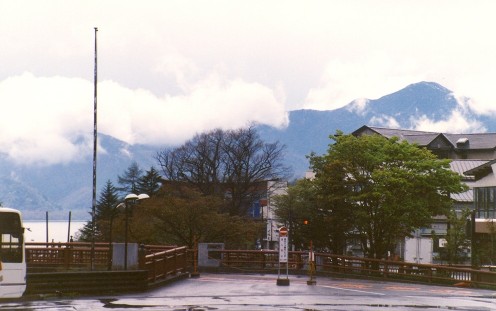
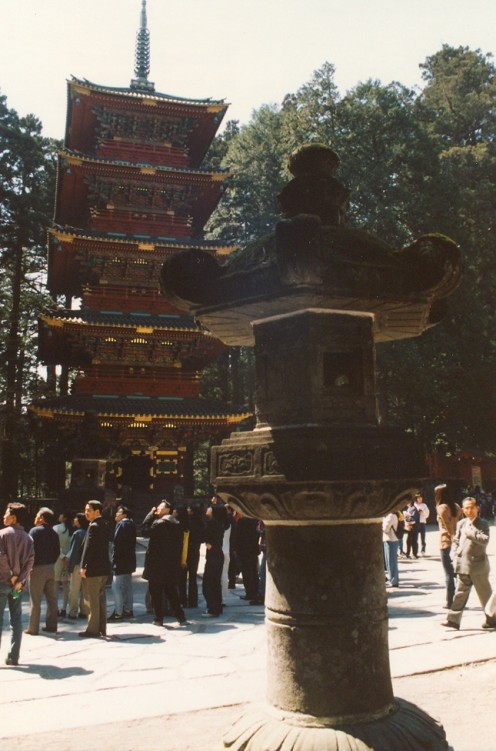
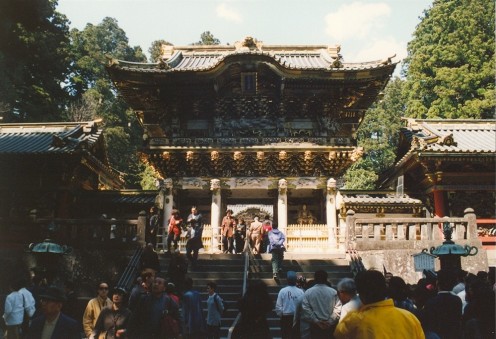
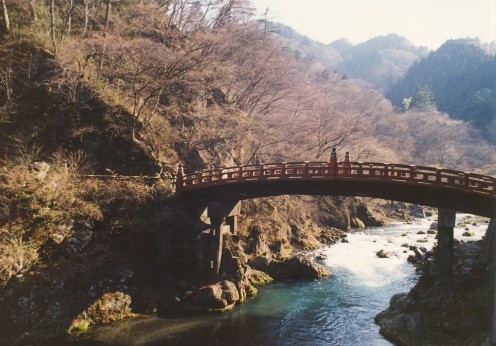
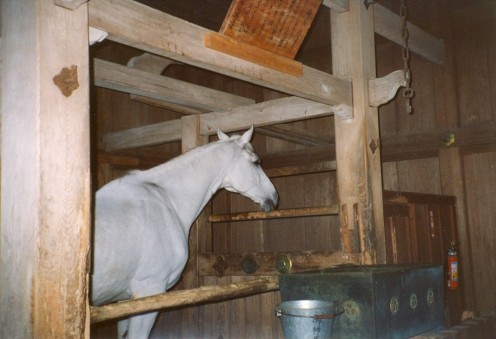
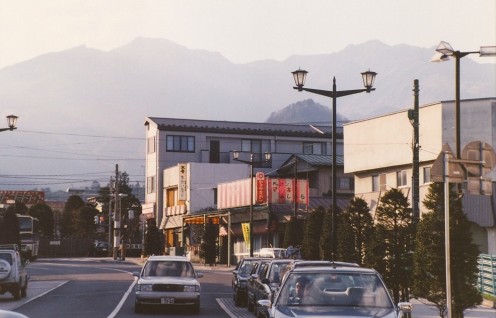
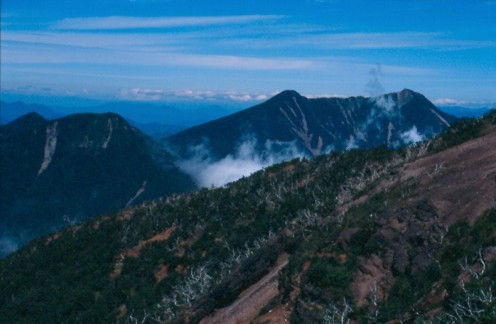
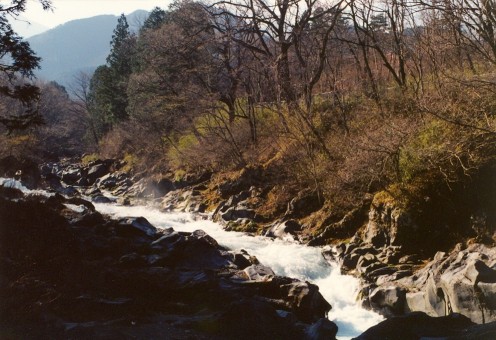
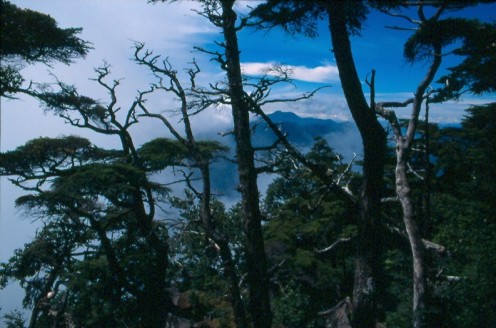
Overview. Nikko, located two hours north of Tokyo in Tochigi Prefecture, is set at the base of Japan’s high volcanic peaks. There are actually two sides to visiting Nikko, although they are perfectly entwined - nature and culture. The town of Nikko, at 538 meters above sea level (1765 feet) sits at the top of a slope that looks up towards towering volcanic peaks on its west and the northern edges of the Kanto plain on the east. Past Nikko-City, at the top of a steep, switched-back road, is stunning scenery encapsulated by a national park that preserves Lake Chuzenji (1200 meters above sea level), formed when lava created a natural dam and blocked off waters upstream. Dropping below this lake is one of Japan’s tallest waterfalls, Kegon Falls, which spills 97 meters in a single plunge. Tourists come to gawk at the natural setting surrounded by high volcanic mountain peaks which tower 4000 feet above the lake and provide refuge to troops of the Japanese macaque, the most northerly dwelling primate. Nikko’s natural setting and beauty, however, is only one half of its fame, as alluded to previously. The other half of Nikko, which draws as many curious visitors, is the collection of shrines and temples situated among beautiful giant Cryptomeria groves and among flume-like streams. Nature and shrine building in Japan are handmaidens and it’s no accident that unique natural phenomena are marked by Shinto shrines – the native system of belief in Japan which rests strongly on nature as the dwellings place of the kami, as well as ancestor worship, another domicile of the kami. In the case of Nikko, the shrines are some of the country’s best known and most elaborately ornate and the symbiosis is therefore a perfect mix of culture and nature. The “city” of Nikko in itself is nothing more than a tourist hub, so once out of the train station head past the string of shops and restaurants and see what Nikko really has to offer. The shrines and temples are located in the lower part of Nikko, and an easy walk from the train station. Toshogu Shrine. This shrine is the acme of Nikko’s vast cultural collection. Comprising forty-two structures, the Toshogu’s essential purpose was to enshrine the remains of the shogun, Tokugawa Ieyasu, founder of the Tokugawa shogunate. There’s enough gold leaf among the structures to plausibly wonder if Fort Knox was raided for the generous supply among the rooftops. The Shrine was first constructed in 1617 by Ieyasu’s son, Hidetada and later enlarged. Five of the Toshogu structures are designated National Treasures of Japan while the entire complex is recognized as a UNESCO World Heritage Site. Not to miss are the three wise monkeys carved in the horse stable; hearing, speaking, and seeing no evil. Mot surprisingly, the resident horse is considered scared as well. The five story pagoda dates to 1650 but the structure you see today is the rebuilt version from 1818 – the original having succumbed to fire. The five stories represent earth, water, fire, wind, and heaven. A path through the huge Cryptomeria trees arrives at the burial urn of Ieyasu. The wildly decorated Yomeimon Gate, constructed by Korean craftsmen, guards the entrance to the complex. While the Toshogu Shrine is the centerpiece of Nikko’s beautiful collection of cultural monuments, it would be a mistake to not explore further. Toshogu whets the appetite for other beautiful cultural monuments within a stone’s throw. Futaarasan Shrine. Located on the right side of the Toshogu, it enshrines the three main deities of the Shinto religion and according to tradition it was founded in the year 767. Worth seeing on the grounds of this shrine are the Bake-Doro, a giant bronze lantern. Nearby is also the Futaarasan-Hongu, established by Shodo, a priest in 767. The present building, having replaced earlier structures destroyed by fire, dates to the 17th century. In fact, Nikko’s oldest extant buildings date to the early 17th century. Behind it is the Shihon-ryuji, a Buddhist temple, which also dates to the era of Shodo although its present structure is late 17th century – another fire no doubt accounts for its rebuilding. Its main attractions are the pagoda and the Thousand-Hand Kannon. Outside the complex of the Futaarasan Shrine is the not-to-miss Shinkyo, Nikko’s scared bridge. This beautiful, lacquer-like bridge, crosses a gentle river framed by an idyllic forest. The hardest part of photographing this bridge is cropping out the tourists and the ugly road that curves around it. Also belonging to the Futarasan Shrine is the Takinoo Shrine, located beyond and behind the parent shrine, and containing historic relics. Rinno-ji. The Rinno-ji Temple is a Tendai Buddhist temple. Things to see here include the Spirit Hall, a tablet with the list of abbots, and the big building built in 1648 with the gilded wood Buddhas, each eight meters tall within. The temple was reputedly founded in 766. A fact worthy of mention is that Ulysses Grant stayed here in July 1879 when he spent eight days in Nikko. Ganmangafuchi Abyss. Located on the south side of Route 120 about kilometers west of Nikko-City is this remarkable abyss, or flume-like river, which is followed by a walking trail. Its fames rests as much with its 70 jizo statues as with the sluice of water that cuts through soft volcanic rock. There is also a path from the abyss to Jakko Falls, one of many falls in the Nikko area. The path takes about 50 minutes uphill and 40 minutes downhill on average. Besides Jakko Falls, other well-known cascades in the area include Yudaki, Shiraito, and Kirifuri Falls. The beautiful Kirifuri Falls are a series of horsetail falls that cut through soft volcanic tufa below Mount Oyama (1158 meters, 3,799’) and worth the second effort of seeing. They can be reached by a short walk from the road which leads north out of Nikko-City towards the Kirifuri Highland. Mount Nakimushi (1,103.5 meters, 3,620’), which rises to the south of Nikko-City, is another worthy excursion if not a stiff hike. The trail starts along Route 120 near the skating rink, or at the terminus of the Ganmangafuchi Abyss. Allow about four hours total to hike up and back. If time allows head to the top of Nantai, or Mount Nantai(2484.4 meters, 8,151 feet), an extinct composite volcano. One of Japan’s sacred mountains, the summit area can be reached by a paved road followed by a well-beaten footpath. The mountain is accessible from the entrance to the Futaarasan Shrine Chugushi on the northeast shore of Lake Chuzenji about a kilometer past Kegon Falls. This offshoot of the main shrine located in Nikko-City, consists of a Main Hall (Honden), and a Treasure house (Homotsukan). You will be charged an entrance fee to the shrine even if you plan to climb the mountain, and it is a logical location to guard the mountain’s entrance, since it too is considred sacred.The summit of Nantai has the Okumiya Shrine and of course excellent views, looking out across Lake Chuzenji towards Shirane-san (2,578 meters, 8,458’), the tallest peak in Nikko National Park. Allow six hours to hike Nantai. Although it is not an especially difficult climb, the hike covers close to 4,000 vertical feet of hiking. Buses leave regularly from the train station and travel as far as Lake Yunoko. Farther up Route 120 becomes a toll, where passenger cars can travel to the Konsei Pass-Tunnel (2,000 meters) of the NikkoNational Park below Shirane-san (Mt. Shirane). This corner of the park has a number of interesting geologic features which includes Yudaki Falls, hot springs, and the Senjogahara Plateau, a unique montane marshland at about 1,400 meters above sea level. Heading back towards Lake Chuzenji, the Ryuzu Falls is worth a stop and located close to the main road (Route 120).
Other related hubs by jvhirniak:
